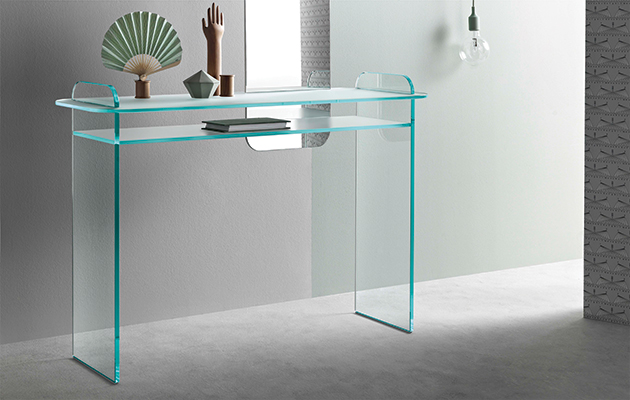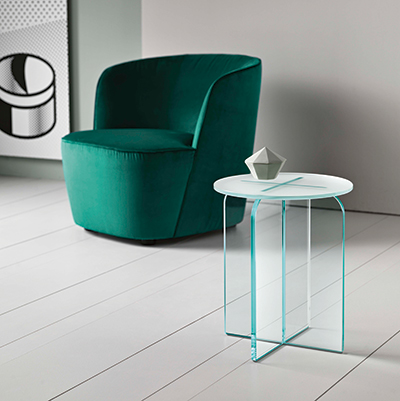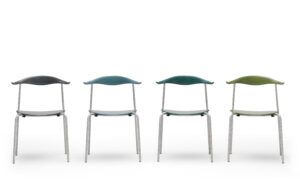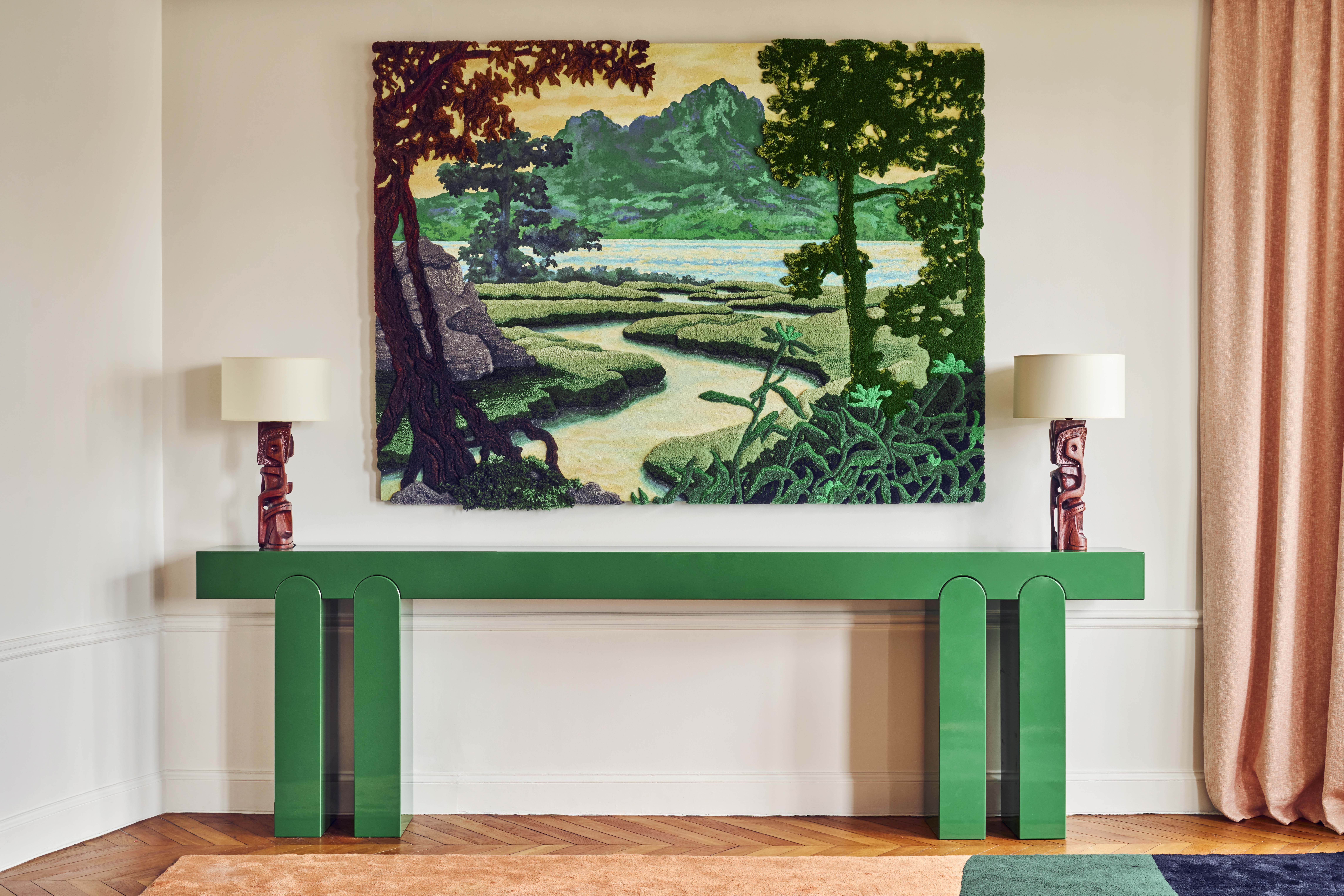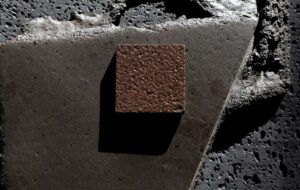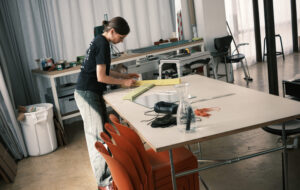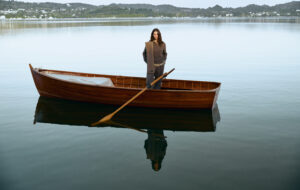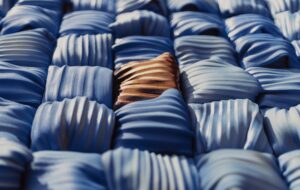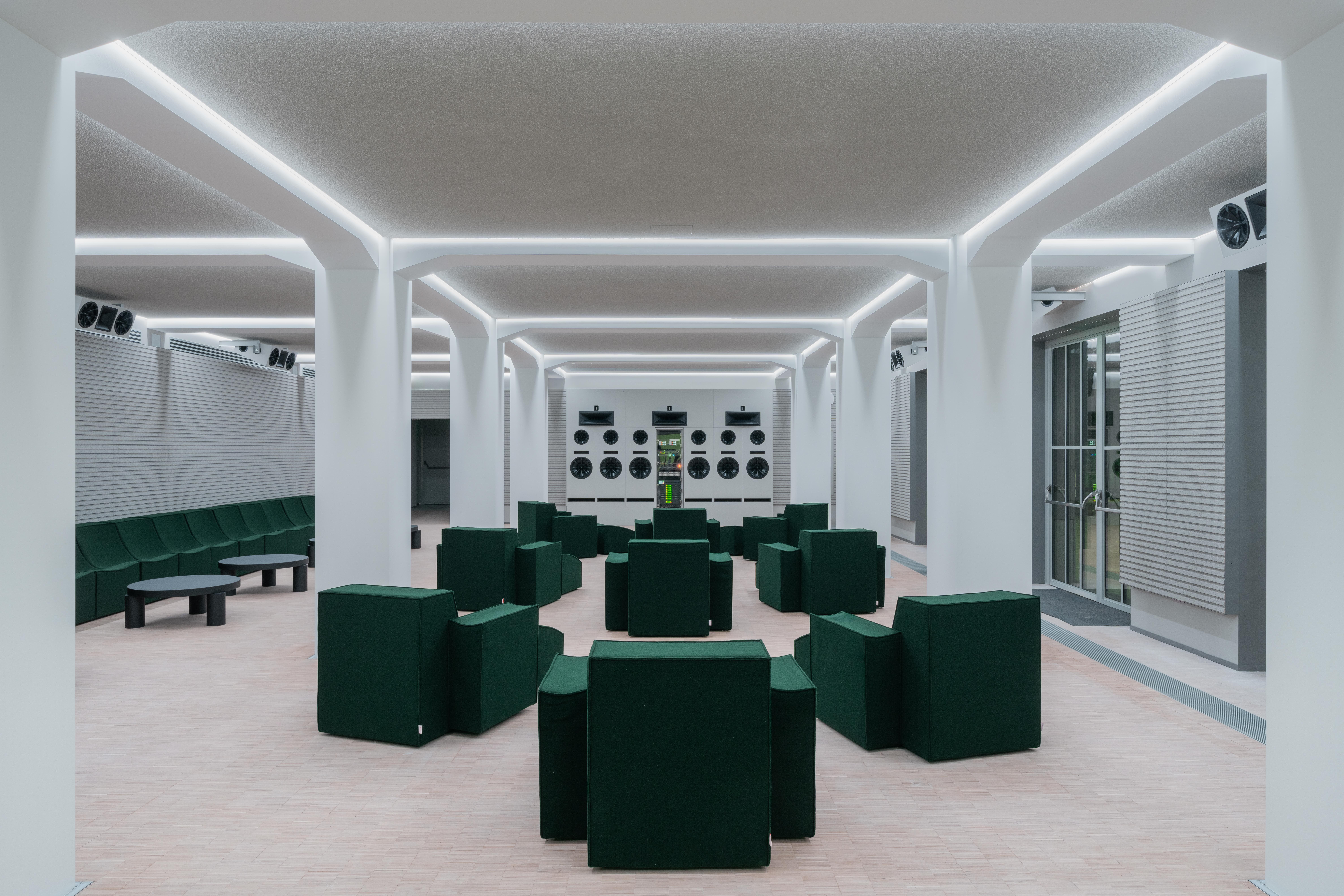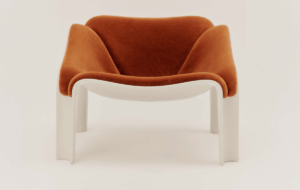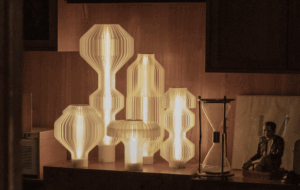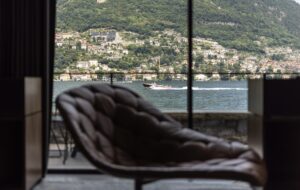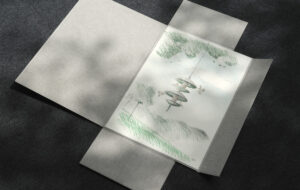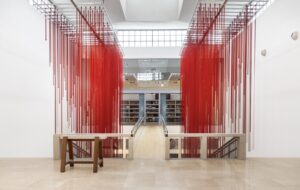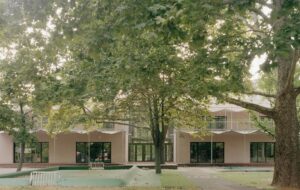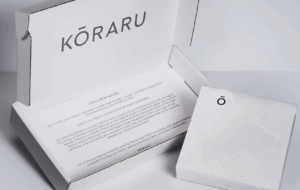|
|
||
|
Cristina Celestino recreates the silky effect of opal crystal for a range of striking glass furniture, writes Debika Ray The first image that I came across of Tonelli Design’s Opalina glass furniture depicted a dressing table glistening on an empty beach in the evening light, perfectly placed for gazing into the distance as the sun sets over the horizon. I’d probably prefer to use it indoors, where there’s less chance of getting sand in your eye and where the subtle colours that give the collection its name are more apparent. The word ‘opaline’ had many iterations before landing in the hands of Italian designer and architect Cristina Celestino. Until the 19th century, it described an off-white, rose colour. Antiques experts then co-opted it to refer to both the colour and substance of opal crystal, before eventually using it to encompass various colour variations of this material, which was generally employed to make small, ornamental objects: vases, bowls, cups, decanters and perfume bottles.
Celestino has recreated the visual effect of opal glass but in the context of larger, more functional items: a dressing table, writing desk, mirror, coat stand and stool. This involved finding a precise level of transparency for the water-based paint that was sprayed directly onto the glass. ‘After many experiments, we finally achieved the exact colour and effect that transformed the look of the glass from hard and stark into silky and translucent,’ she says. Despite the delicate, ethereal tones, the furniture is striking and unfussy, an impression achieved by the boldness of forms – thick slabs of UV-bonded glass with rounded edges – and the judicious use of colour. It is also customisable: the dressing-table drawers and stool can be covered in leather; a mirror can be added to the writing desk. And each item is designed for use in various settings: from bedrooms to commercial interiors, or, of course, when applying make-up on the beach. |
Words Debika Ray |
|

